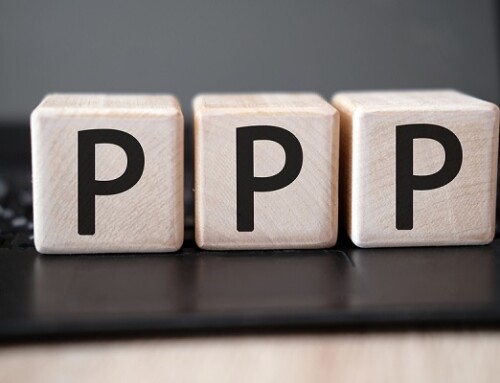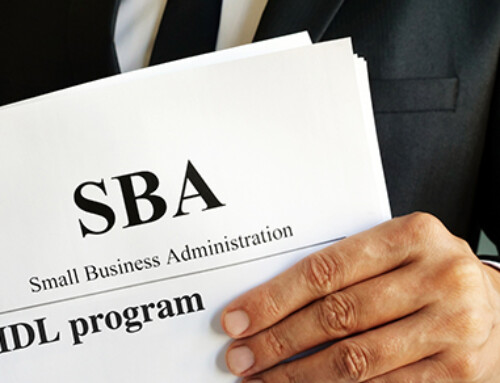Finally, the health insurance rules that apply to small businesses make more sense and allow some benefits.
Beginning January 1, 2017, you can install a new qualified small employer health reimbursement arrangement (QSEHRA) and start helping your employees pay for their health insurance and other medical costs, without worrying about the per-employee $100-a-day penalty ($36,500 per employee per year).
What the New Plan Can Do
With this new plan, your eligible small business can reimburse individually purchased health insurance and other deductible medical costs of up to $4,950 for an individual and up to $10,000 for a family.
As you would expect, lawmakers created some rules that you need to follow to make this new health reimbursement plan happen. However, the rules are straightforward we can help you set up the plan.
Step 1. Notice of the Plan
You need to give your employees written notice of the qualified small employer health reimbursement arrangement as follows:
- Before March 12, 2017, for a 2017 calendar year plan
- Ninety days before the beginning of a plan year (for calendar years 2018 and later)
- In the case of an employee who is not eligible to participate in the arrangement as of the beginning of a plan year, the date on which such employee is first eligible
The written notice to the eligible employees needs to state
- the amount of the employee’s permitted benefit for the year,
- that the employee should provide the information about the permitted benefit to any health insurance exchange to which the employee applies for advance payment of the premium assistance tax credit, and
- a warning that if the employee is not covered under minimum essential coverage for any month, the employee may be subject to tax under section 5000A for such month and reimbursements under the arrangement may be includable in gross income.
We can help you create this notice.
Step 2. Request for Reimbursement
The new law states that after the employee provides proof of minimum essential coverage, the employer may pay or reimburse the eligible employee for medical expenses defined in IRC Section 213(d) that were or are incurred by the eligible employee and, in the case of a family plan, his or her family members.
To protect yourself and meet the letter of the law, you can use a reimbursement form that requires the employee to provide proof of minimum essential coverage and attestation with respect to requests for any Section 213(d) reimbursements or payments.
We can help you create this request for reimbursement.
Only for Small Employers
You are an “eligible employer” for the small business HRA if you
- are an employer with fewer than 50 full-time employees during the preceding year, and
- do not offer a group health plan to any of your employees.
Summary
To put your 2017 small business HRA in place, you need to
- Provide notice of the plan.
- Have employees complete the reimbursement request form.
We are available to help you with these steps.





